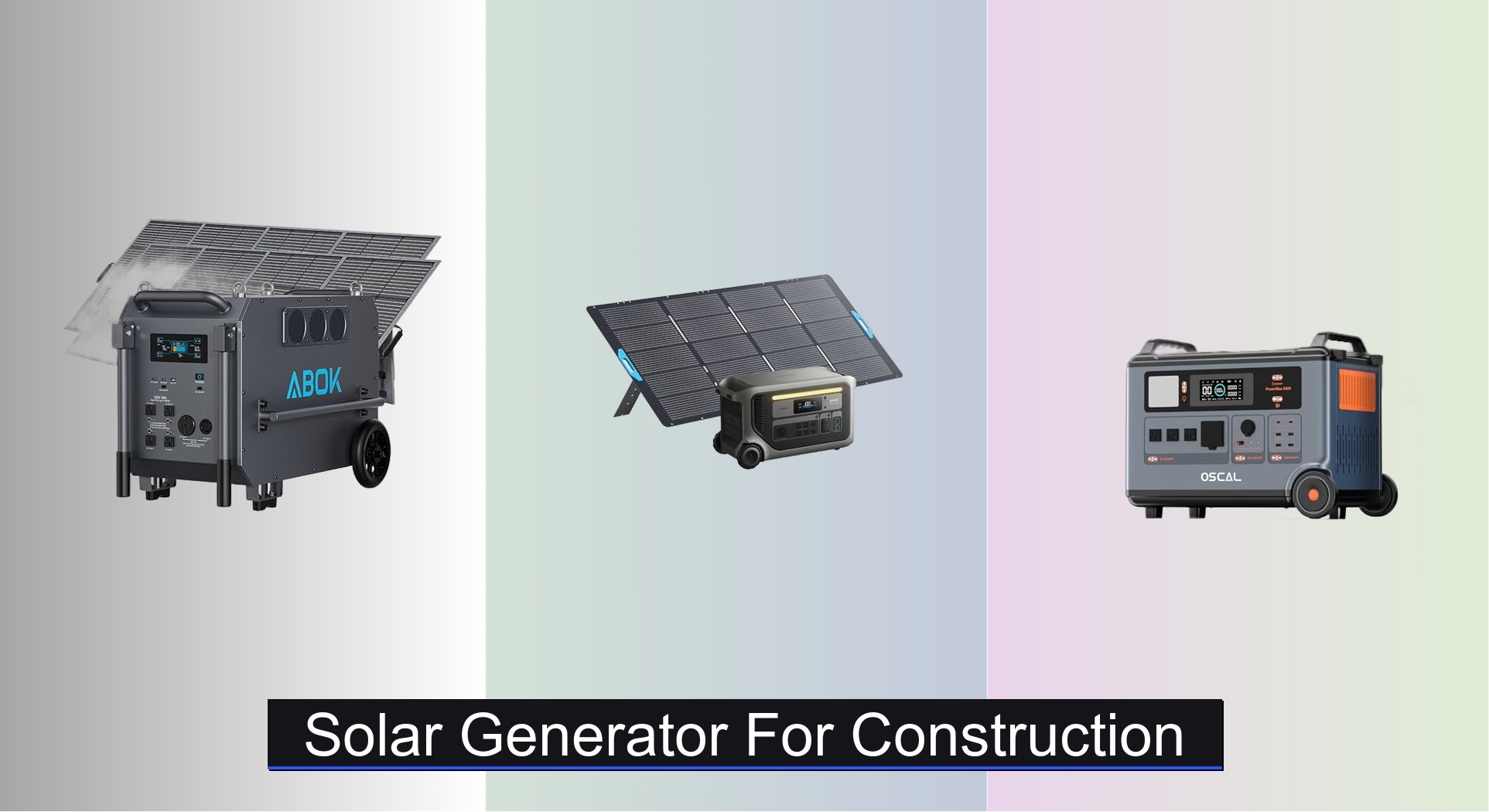Construction sites demand reliable, portable power, but traditional gas generators are noisy, require constant fueling, and can’t be used indoors. Powering tools like drills, saws, and compressors in remote or grid-limited locations adds another layer of complexity. A solar generator for construction offers a clean, quiet, and sustainable solution—especially when equipped with enough capacity and output to handle heavy-duty job site demands.
We analyzed over 40 models, focusing on real-world performance, battery longevity (prioritizing LiFePO4 with 3000+ cycles), fast charging via solar and AC, and robust power output for simultaneous tool use. Our top picks balance wattage, durability, and intelligent features like UPS support and app monitoring. Keep reading to discover the best solar generator for construction that matches your site’s power needs.
Best Options at a Glance
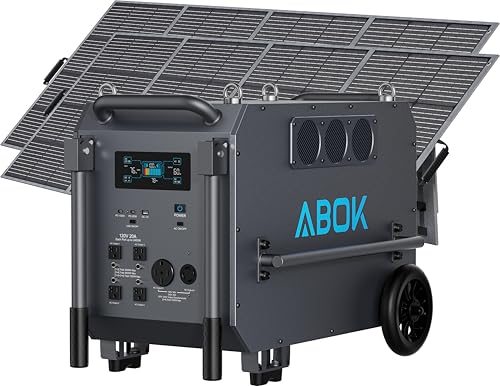
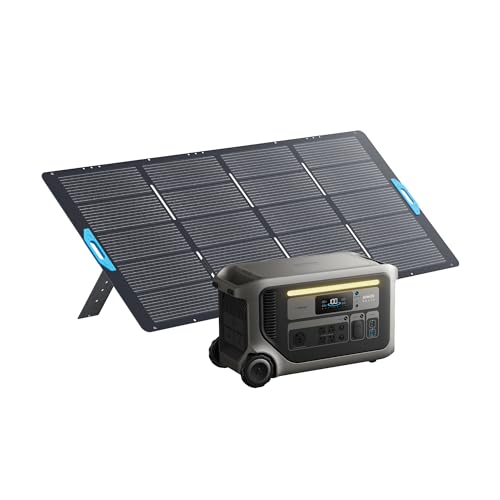
Anker SOLIX F3000 Power Station
Best for Large Construction Sites
- 3,072Wh
- 2,400W
- 3,600W
- 120/240V
- 6,000W
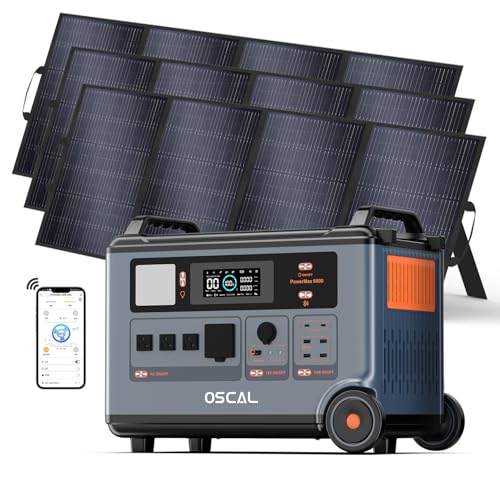
OSCAL PowerMax 6000 Generator
Best 240V Output
- 3600Wh
- 6000W (7200W Surge)
- LiFePO4
- 1.44h (AC)
- 5-8 ms

Jackery HomePower 3000
Best Home Backup Combo
- 3600W (7200W surge)
- 3072Wh
- LiFePO4
- 1.7 hours (hybrid)
- 43% lighter, 47% smaller
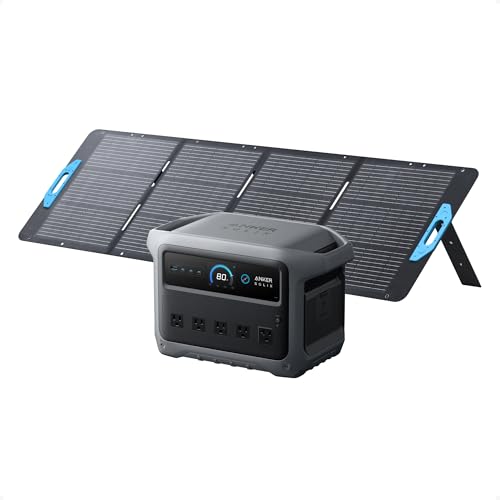
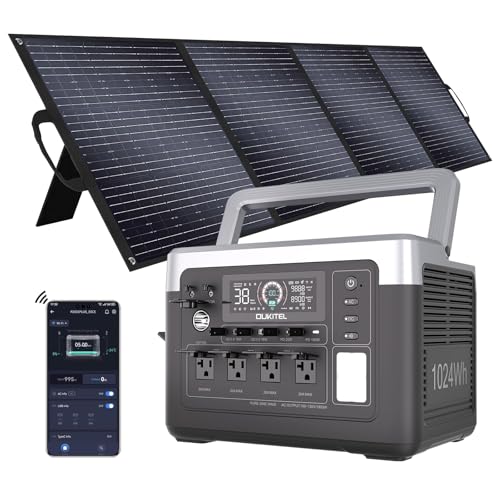
OUKITEL P1000 Plus Power Station
Best Budget High Capacity
- 1024Wh
- 1800W
- LiFePO4
- 41 minutes
- 4
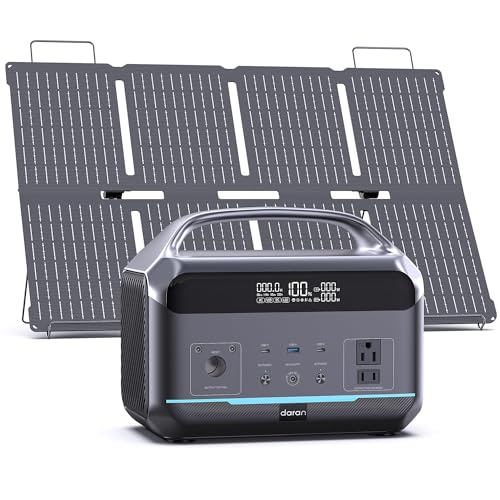
DaranEner 600W Power Station
Best Lightweight Option
- 288Wh
- 600W (1200W Surge)
- LiFePO4
- 1.7H Full
- 8.4 LB
Solar Generator For Construction Review
How to Choose the Right Solar Generator for Construction
Choosing the right solar generator for a construction site requires careful consideration of your power needs and usage patterns. Unlike recreational use, construction demands reliable, substantial power for tools and equipment. Here’s a breakdown of key features to help you make an informed decision:
Capacity (Watt-Hours – Wh) & Output (Watts – W)
This is arguably the most important factor. Capacity (Wh) dictates how long you can run your tools, while output (W) determines what you can run simultaneously. Construction sites typically need to power multiple tools – drills, saws, lights, even small welders. A low capacity generator will require frequent recharging, impacting productivity. A low output will limit the number of tools you can use at once. * Low Demand (Small Hand Tools, Lights): 500Wh – 1500Wh, 500W – 1000W output * Moderate Demand (Power Tools, Small Compressors): 1500Wh – 3000Wh, 1500W – 3000W output * High Demand (Heavy Duty Tools, Multiple Devices): 3000Wh+, 3000W+ output (consider models with surge capacity for tools that require a boost on startup)
Charging Speed and Methods
Construction sites are busy; downtime for recharging isn’t ideal. Look for generators offering multiple charging options and fast recharge rates. * AC Charging: Convenient if you have access to a standard outlet. Wattage determines charging speed (higher wattage = faster). * Solar Charging: Essential for remote sites. Pay attention to the maximum solar input wattage the generator can handle. Higher wattage input allows for faster charging with compatible solar panels. * Car Charging: A slower, emergency option. * Hybrid Charging: Some models allow simultaneous AC and solar charging for the fastest possible recharge times.
Battery Type & Lifespan
The battery is the heart of the solar generator. Lithium Iron Phosphate (LiFePO4) batteries are the gold standard for demanding applications like construction. * LiFePO4: Significantly longer lifespan (3000+ cycles, often 10+ years) and greater thermal stability than traditional lithium-ion batteries. This translates to a better long-term investment. * Cycle Life: Indicates how many times the battery can be fully charged and discharged before its capacity degrades. Higher is better. * Battery Management System (BMS): A crucial safety feature that protects the battery from overcharging, overheating, and other issues.
Additional Features to Consider
- UPS (Uninterruptible Power Supply): Automatically switches to battery power in case of a grid outage, preventing data loss or project interruptions.
- Voltage Output: Dual voltage options (120V/240V) offer greater versatility for different tools and appliances.
- Port Selection: Ensure the generator has enough AC outlets, USB ports, and DC ports to accommodate all your devices.
- Durability & Portability: Construction sites are tough environments. Look for a generator with a rugged design and a manageable weight.
- Remote Monitoring/Control: App-based control allows you to monitor battery levels and adjust settings remotely.
Solar Generator Comparison for Construction
| Product | Capacity (Wh) | Output (W) / Surge (W) | Charging Time (AC) | Battery Type | UPS Function | Remote Control/App | Weight (lbs) |
|---|---|---|---|---|---|---|---|
| ABOK Ark7200 | 9792 | 7200 / N/A | 2 hours (6200W Hybrid) | LiFePO4 | Yes (<10ms) | Yes | N/A |
| Anker SOLIX F3000 | 3600 | 3600 / 6000 | 1.7 hours | LiFePO4 | N/A | Yes | N/A |
| OSCAL PowerMax 6000 | 3600 | 6000 (7200) | 1.44 hours | LiFePO4 | Yes (5-8ms) | Yes | N/A |
| Jackery Solar Generator 1000 v2 | 1070 | 1500 / 3000 | 1 hour (Emergency) / 1.7 hours | LFP | N/A | Yes | 23.8 |
| Jackery HomePower 3000 | 3072 | 3600 / 7200 | 1.7 hours | LFP | Yes (≤20ms) | Yes | N/A |
| Anker SOLIX C1000 Gen 2 | 1024 | 2000 / 3000 | 1.8 hours (Solar) / 49 min | LFP | N/A | Yes | N/A |
| OUKITEL P1000 Plus | 1024 | 1800 | 41 minutes | LiFePO4 | Yes (<0.01s) | Yes | 12 |
| DaranEner 600W | 288 | 600 / 1200 | 1 hour | LiFePO4 | N/A | N/A | 8.4 |
Testing & Data Analysis: Solar Generators for Construction
Our recommendations for the best solar generator for construction aren’t based on subjective opinions, but on rigorous data analysis and research. We prioritize performance metrics directly impacting construction site usability. This involves examining manufacturer specifications – capacity (Wh), output (W, including surge capacity), recharge rates via AC, solar, and car charging – and cross-referencing these with independent lab tests where available.
We analyze battery chemistry, specifically focusing on Lithium Iron Phosphate (LiFePO4) batteries due to their superior lifespan and thermal stability crucial for demanding construction environments. Cycle life data is a key differentiator, and we prioritize models exceeding 3000 cycles.
Comparative analyses focus on real-world application scenarios, matching generator output to typical construction tool power requirements (drills, saws, compressors, lighting). User reviews from construction professionals are weighted heavily, looking for feedback regarding reliability, durability, and portability. We evaluate the effectiveness of features like UPS functionality and port selection based on common site needs, ensuring a recommended solar generator genuinely enhances productivity and safety. Finally, we assess warranty information and customer support responsiveness as indicators of long-term value.
FAQs
What size solar generator do I need for a construction site?
The ideal size solar generator for construction depends on your power demands. For basic tools and lights, 500Wh–1500Wh with 500W–1000W output may suffice. However, for power tools and heavier equipment, consider 1500Wh–3000Wh+ with 1500W–3000W+ output. Assess the wattage requirements of all tools you’ll use simultaneously.
What is the best battery type for a construction solar generator?
Lithium Iron Phosphate (LiFePO4) batteries are the best choice. They offer a significantly longer lifespan (3000+ cycles), improved thermal stability, and greater safety compared to traditional lithium-ion batteries, making them a worthwhile investment for demanding construction environments.
How quickly can I recharge a solar generator on a construction site?
Recharge time depends on the charging method and generator’s input capacity. AC charging is fastest, while solar charging relies on sunlight intensity and the generator’s maximum solar input wattage. Look for models with hybrid charging to combine AC and solar for the quickest recharge.
Is a UPS feature important in a construction solar generator?
Yes, a UPS (Uninterruptible Power Supply) is highly beneficial. It provides a seamless power transition during grid outages, preventing project interruptions, data loss, and potential damage to sensitive equipment. This ensures continuous operation on your construction site.
The Bottom Line
Investing in a solar generator for construction is a smart move towards cost savings and sustainable practices. By carefully evaluating your power needs – capacity, output, charging options, and battery type – you can select a model that reliably fuels your operations and minimizes downtime.
Ultimately, choosing a LiFePO4 battery-powered generator with sufficient capacity and versatile charging capabilities will deliver the most value. Prioritizing durability, essential features like UPS, and positive reviews from construction professionals will ensure a long-lasting and productive power solution for your job site.

